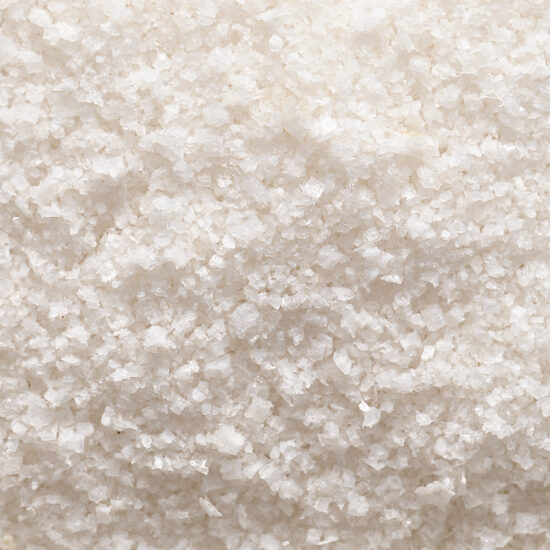
Kosher Salt vs. Sea Salt vs. Table Salt
This post may contain affiliate links. Read our disclosure policy.
I have strong opinions on which salt to use in cooking or baking. It’s something I’m asked about often.
What is the difference between kosher salt vs. sea salt?
What about table salt?
Are kosher salt and sea salt interchangeable?
What actually is salt?
So, I decided to dive into the whys and hows in this article.
Before you think salt is boring, I promise you’re going to want to read this through. Finding the right salt can be a game changer in the kitchen!
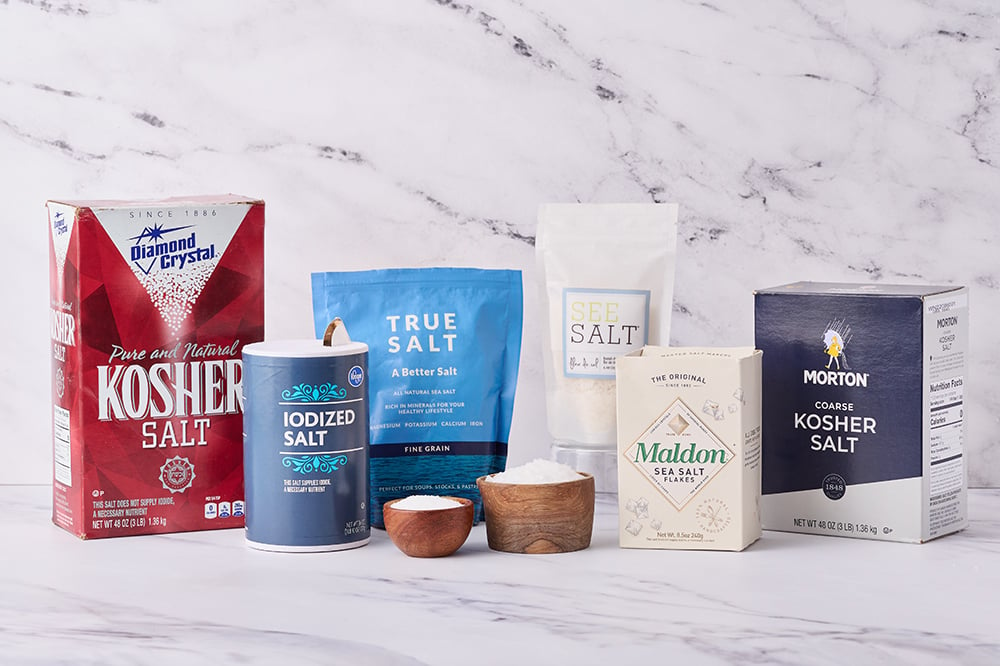
What does salt do?
Salt is a magical ingredient in both cooking and baking. Firstly, it’s one of the only ingredients you’ll find in virtually every single recipe anywhere you look. It’s a simple inorganic ingredient that also happens to be an essential nutrient. Additionally, it acts as one of our oldest and most powerful preservatives.
It is the most basic and essential seasoning, used to enhance the flavor of foods, namely sweet and sour flavors. Salt will actually suppress bitter flavors and highlight contrasting flavors, such as bitter and sweet (which is why salted caramel in particular is so delicious).
In baking, salt not only enhances flavors but can also perform other functions like strengthen the gluten structure in bread dough.
How is salt made?
All salt products are made by evaporating saltwater, whether that’s natural sea water or an artificial brine. Some are made by allowing the sun to evaporate sea water naturally, but many more are made through industrial manufacturing and mining processes. In fact, the majority of salt produced in the U.S. is mined (instead of coming from the sea).
The speed of the evaporation and whether or not it occurs in a closed or partially open container affects the formation of the size and shape of the salt crystals.
Refined vs. unrefined salt
Refined salt is made by quick evaporation which leads to small, dense, and more uniform and granular salt crystals. Unrefined, natural, or minimally processed salt, on the other hand, involves a longer evaporation process resulting in light, hollow, and more uneven flakes.
Quick Look at Salt Textures:

Types of Salt
There are several types of salt on the market. Choosing and using the right one can make a world of difference in your cooking and baking.
Table Salt
This is the most widely used salt, however, each brand and variety can vary in flavor and intensity. Some table salt products are saltier than others, but as a whole, table salt takes the longest to dissolve. As a whole, table salt’s small and dense shape packs a strong punch. Meaning, a teaspoon of table salt is likely to taste saltier than a teaspoon of sea salt or kosher salt. We’ll touch more on salt shape and measuring in a moment.
Table salt typically has anti-caking ingredients to prevent clumping as well as iodine as a nutrition supplement. Iodine was first added in the 1920s, and in my opinion, it adds an unpleasant slightly metallic taste to everything. In fact, when iodized salt is dissolved in chlorinated tap water, it develops a seaweed-like iodine odor! Nowadays many people are able to get sufficient iodine from natural food sources such as seafood and dairy.
Personally, table salt is my least favorite of the salts. I haven’t used it in probably over 10 years and have no plans to use it anytime soon!
Sea Salt
Just as it sounds, sea salt is what’s left behind when seawater evaporates. Some sea salt products, such as Maldon or fleur de sel, take up to 5 years to produce! The labor intensive and lengthy process of harvesting sea salt contributes to its higher price.
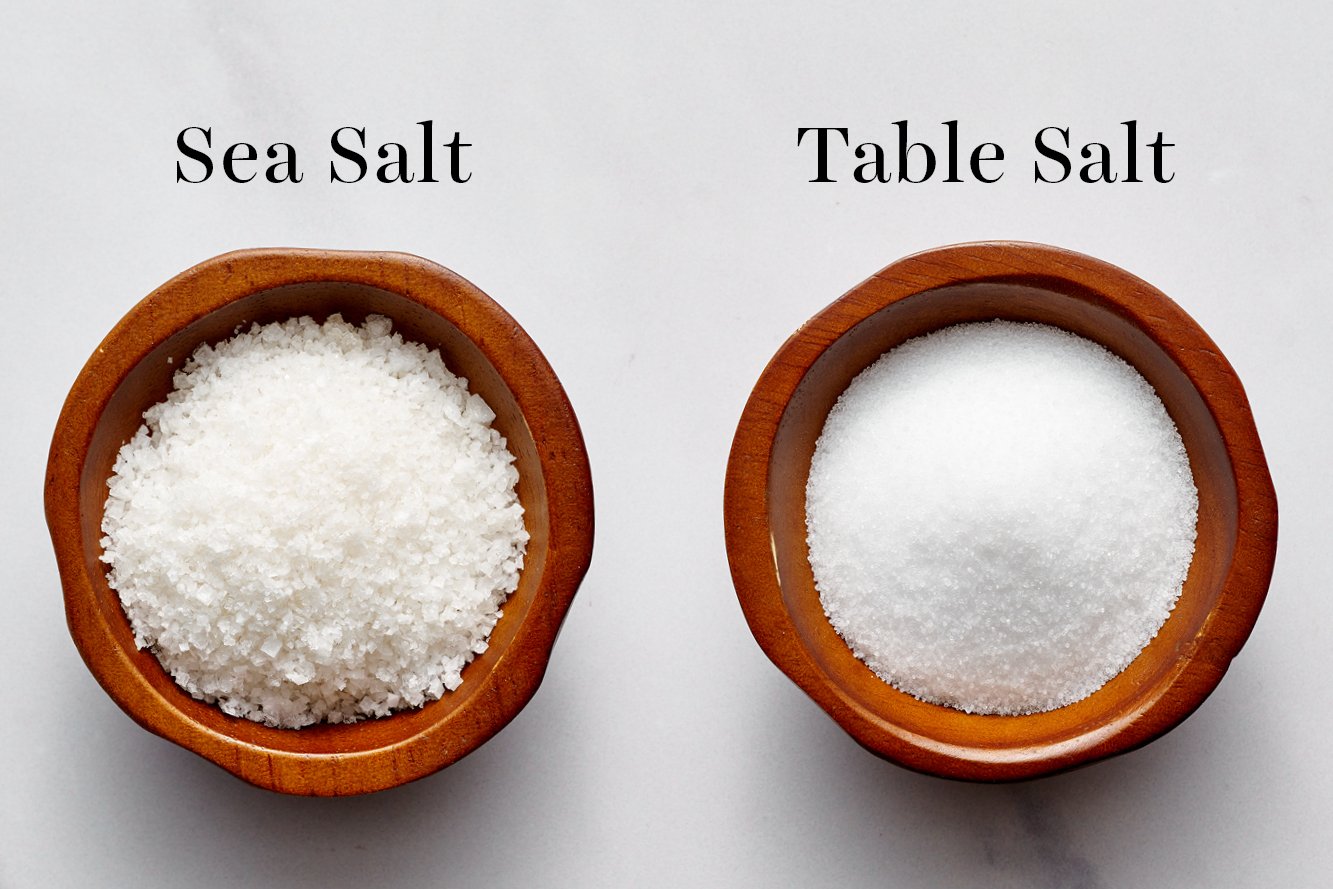
Fine Sea Salt
This is my go-to salt for baking. Whereas baking with some varieties of kosher salt can sometimes lead to bites that are way saltier than others, fine sea salt’s small grain size dissolves evenly and readily into batters and dough.
Flaky Sea Salt
This is a more expensive option that is prized not just for its clean and pure taste but also for the thin and flaky shape of the salt crystals. Their shape makes them perfect for sprinkling as a finishing salt, such as on a tray of chocolate chip cookies fresh out of the oven. Or maybe caramel sauce on top of a scoop of ice cream. The salt crystals add a beautiful visual definition and slight crunch.
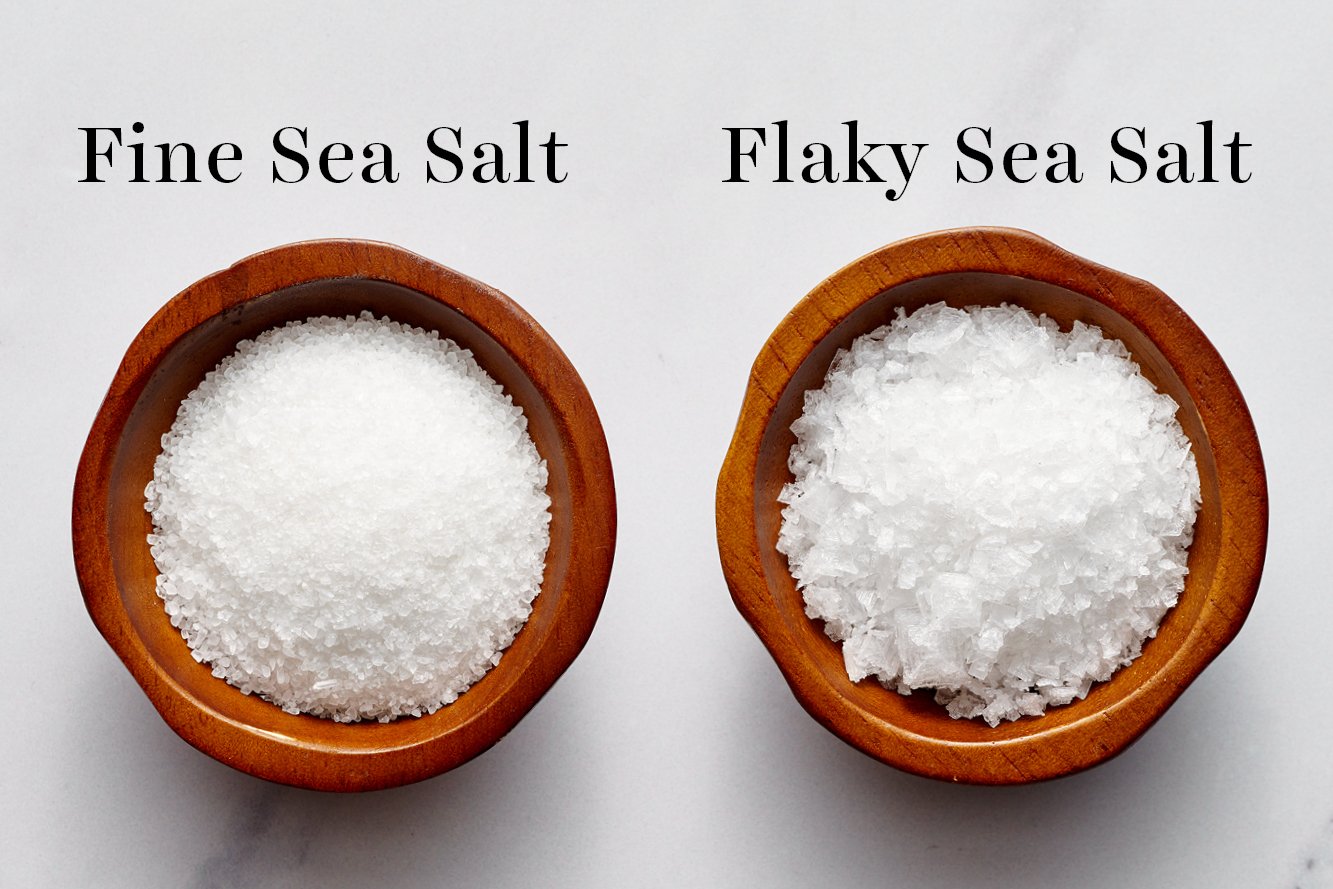
Kosher Salt
The term comes from the traditional Jewish process of “koshering,” or curing meats. Kosher salt is a purified rock salt with no iodine or other additives. This gives it a very pure, clean taste. Compare a teaspoon of kosher salt to table salt and you’ll observe an immediate visual difference in the size and shape of the granules. Kosher salt is made of larger, more irregular crystals.
But what’s more fascinating and often overlooked is that the two leading brands of kosher salt available in the U.S. are vastly different in shape, size, and saltiness from each other!
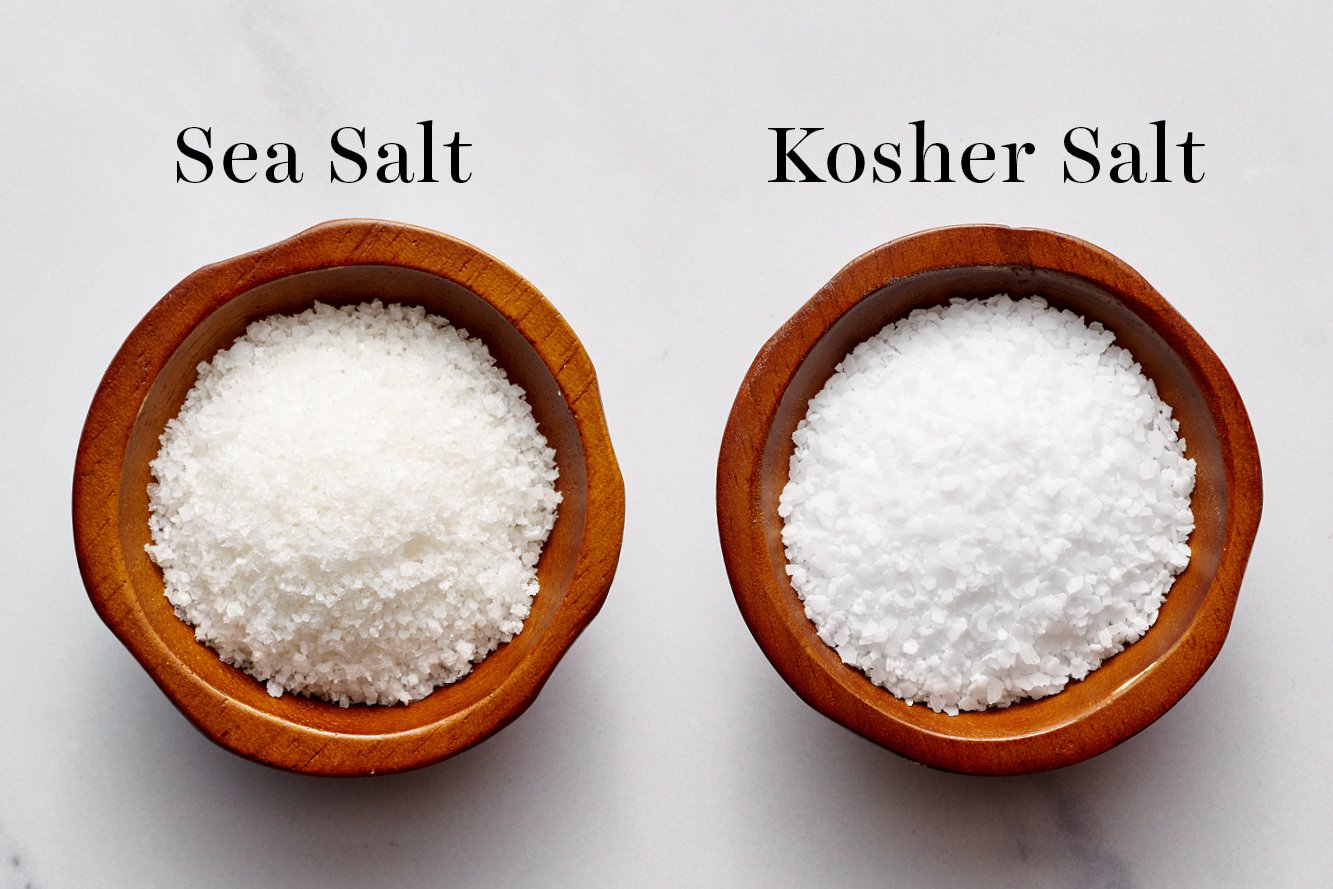
Morton Kosher Salt
This salt is much denser and almost twice as salty by volume as Diamond Crystal! It’s made by rolling cubic crystals of vacuum-evaporated salt into thin, dense flakes. Because it takes longer to dissolve and is almost twice as salty, I avoid using this product because it’s all too easy to accidentally overseason your food. Or, to underseason because the salt crystals don’t adhere to your food!
Diamond Crystal Kosher Salt
This is my go-to salt for cooking. It is made by crystallizing an open container of brine to produce light, hollow flakes. Those flakes adhere to food wonderfully.
It’s also far less salty than Morton so it’s much less likely that you’ll overseason your food. In fact, 1 teaspoon of this salt contains fewer grains than 1 teaspoon of Morton salt because of the irregular size of its crystals. Think about filling a container with large rocks vs. with pebbles. More pebbles will fit than large rocks. The same goes for salt with varying size grains!
This salt is found in a red box and may be harder to locate in certain geographic regions.
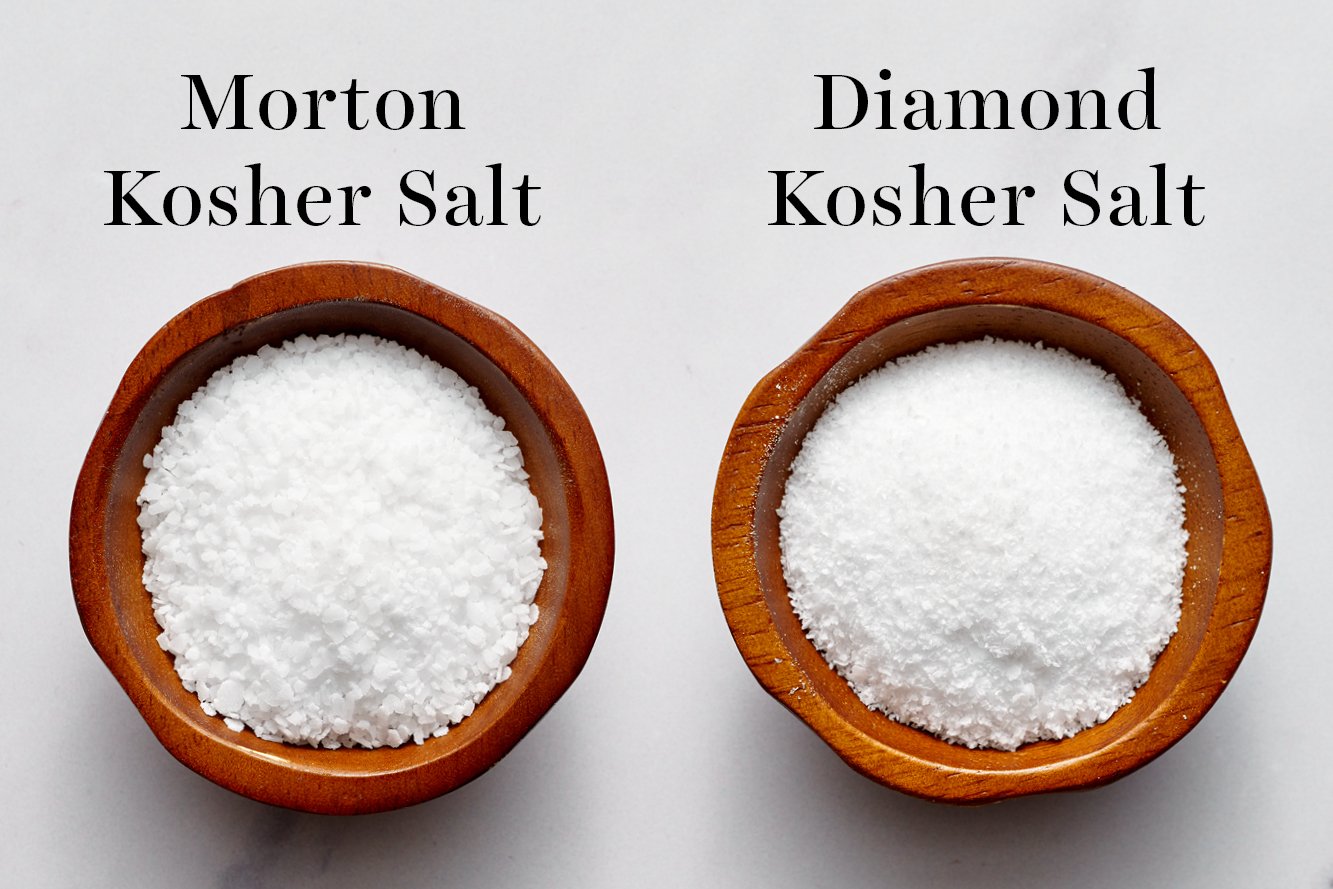
SALTS ARE NOT DIRECTLY INTERCHANGEABLE!
It’s important to know which kind of salt the author of the recipe you’re following used. As you can see, some brands and styles are much saltier or have a more coarse texture than others. Even if the author calls for ‘kosher salt,’ if they used Diamond Crystal Kosher Salt and you’ve only got Morton Kosher Salt on hand, using the same amount of salt called for in the recipe will likely overseason your food.
Salt Conversion:
According to Cook’s Illustrated, “When following a recipe developed with Diamond Crystal kosher salt, decrease the volume by 25 percent; when following a recipe that uses table salt, increase the volume by 50 percent.”
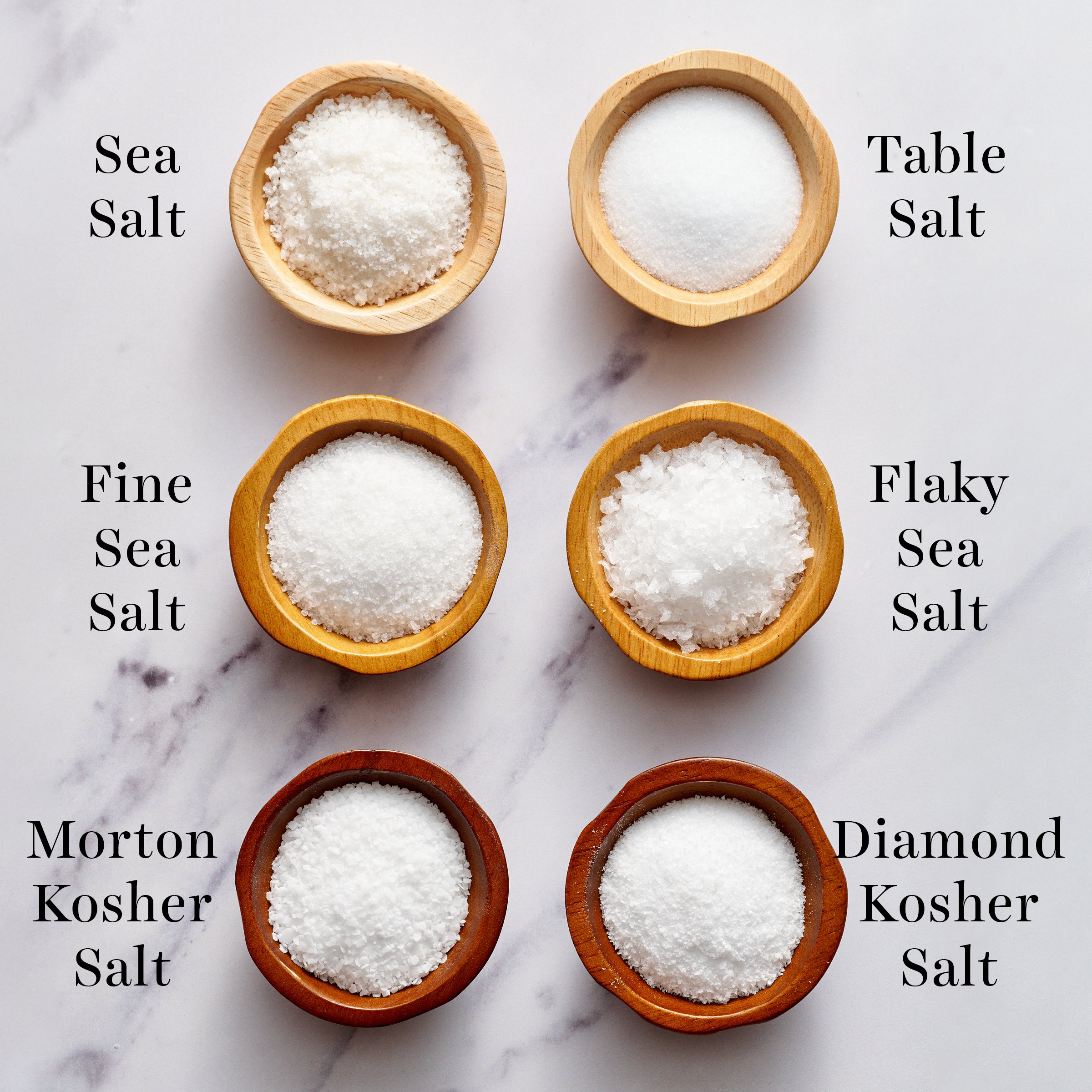
Sources:
Salt, Fat, Acid, Heat: Mastering the Elements of Good Cooking by Samin Nosrat
How Baking Works: Exploring the Fundamentals of Baking Science by Paula Figoni
On Food and Cooking: The Science and Lore of the Kitchen by Harold McGee
About Tessa...
I share trusted baking recipes your friends will LOVE alongside insights into the science of sweets. I'm a professionally trained chef, cookbook author, and cookie queen. I love to write about all things sweet, carb-y, and homemade. I live in Phoenix, Arizona (hence the blog name!)
Leave a Comment & Rating
Add a Review or Question
© Handle the Heat - handletheheat.com
Join the Handle the Heat Community
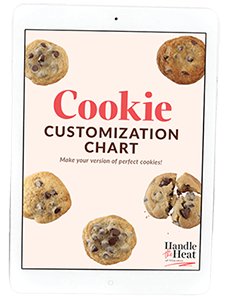
Instead of digging through cookbooks and magazines and searching the internet for amazing recipes, subscribe to Handle the Heat to receive new recipe posts delivered straight to your email inbox. You’ll get all the latest recipes, videos, kitchen tips and tricks AND my *free* Cookie Customization Guide (because I am the Cookie Queen)!



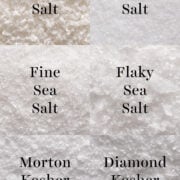

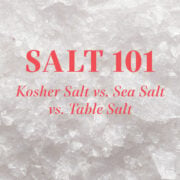
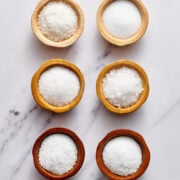



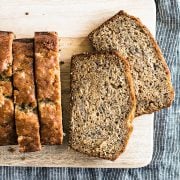

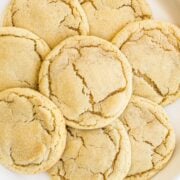
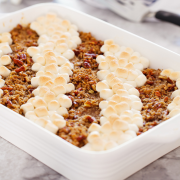

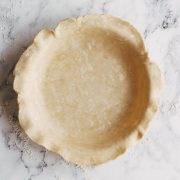

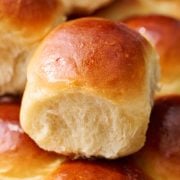


Terrific article on salt! I’ve learned so much since I found HTH a week ago. Thank you for sharing your knowledge.
Would you kindly email this article to me for printing? Thanks in advance 🙂
So glad you found this article helpful, Sydney! I have emailed the requested printable version to you. Happy baking 🙂
Can’t believe how much information was packed into these settings enjoyed. Eye opening!
Never too old to learn.
I have been diagnosed with late stage kidney failure and must consume far less salt. I would like to print this article, but cannot find the print button. where can I get a copy of this article?
Hi Anne! I’m so sorry to hear that. I have just emailed the article in a printable format to your email address provided here. I hope it helps. Please let us know if you have any further questions. We wish you all the best.
Very interesting and informative article! Nice to find out I’ve been doing it all wrong, haha! Would you please be so kind as to send me a copy of this article too?
Hi Kris! I’m so glad this post was informative and helpful! I just sent you the article by email. Happy baking! 🙂
Could you please send me a copy of this article also. Thanks so much. So much to learn and remember.
Hi Cindy! Sent 🙂 Thanks so much!
I, too, would love a printed copy of this article. It was informative and so important. I just don’t remember everything I read hence a printed copy would be awesome to have to refer to often.
Thank you.
Hi Paulette! I emailed it to you just now! Have a great day 🙂
What salt would you recommend for pretzels, please.
Hi Jeff! You can actually buy coarse salt called ‘pretzel salt’ for making pretzels! This is the salt Tessa prefers for topping pretzels. Happy baking 🙂
What a great, informative article. You have given me insight into an aspect of baking that I never even considered before. I wasn’t even aware of Diamond kosher salt, maybe it hasn’t been on the shelves of my grocery store. I appreciate all of the information and recipes that I have read over the past couple of months since I signed up for this newsletter. Thank you again.
It’s like you read my mind! Haha I’ve been meaning to look up the differences between these salts and then this gem appears in my emails! Thanks a bunch, very informative and will be using this knowledge for recipes in the future!
Hi. I, too, need to print out this article to have in the kitchen as a handy reference. I saw that on 9/7/22, Kiersten sent an email with the article as an attachment to Carleen’s 9/1/22 request. Please send to me.
This was an excellent article, and I know that I’ll be referring to it often. Right now, I have 3 types of salt, but I see that I will likely need to purchase others. I tend to “go lightly” on salt when cooking for me because of the need to carefully watch my sodium intake. Does Tessa have any special hints for me?
Hi Pinky! I just emailed the article to you. Happy baking! 🙂
Would also like to receive a printable copy, so I may save to my electronic recipe file.
Hi Liz! I have emailed the article to you 🙂 Happy baking!
Thanks for this. Just like there are many bloggers who don’t use weight, there are more that don’t indicate which salt they recommend for their baked goods. Hardly anyone distinguishes between the two most common brands of kosher salt. I use fine sea salt for baking almost exclusively. When kosher salt is required, I use Morton’s, just because it’s more common. I’ve been thinking of using 25% (?) more, by volume, of the Diamond Crystal bc I like the flavor better. Thoughts about this?
Hi Anita! That should work just fine – and you can adjust accordingly as you find your preference level there, too – especially in cooking 🙂
Great information! Thank you! I was hoping to print this out and keep as a reference, but it doesn’t seem to be set up for printing—is there something I’m missing or anywhere I can do that from? Even if I try to print out the entire article, all that shows for printing is the black box at the bottom of the page that says Handle the Heat.
Hi Carleen! I’m so glad Tessa’s article is so helpful! I have sent you an email, containing the article as an attachment. I hope that helps 🙂 Happy baking!!
I would also like a printable option for this article. Very informative!
Sent!! 🙂
Thanks for the great article, Tessa! All this info you’re giving us… no wonder recipes don’t turn out 🙂
You ARE appreciated! 🙂
Thanks so much for teaching us about salt! I have learned so much from you and appreciate all you share! I love baking❤️
So glad you found this post so informative, Julie!! 🙂
Diamond Crystal is THE kosher salt to use. Forget Morton.
My next batch of chocolate chip cookies is going to be salted, today, is there a link to print this article? I am
So glad I looked this up! I can see. New variety of salts. Thank you for your time in researching..
Hi Barbara! Glad to hear that you enjoyed Tessa’s article on salts! I’ll email you the printable version of this article 🙂 Happy baking!